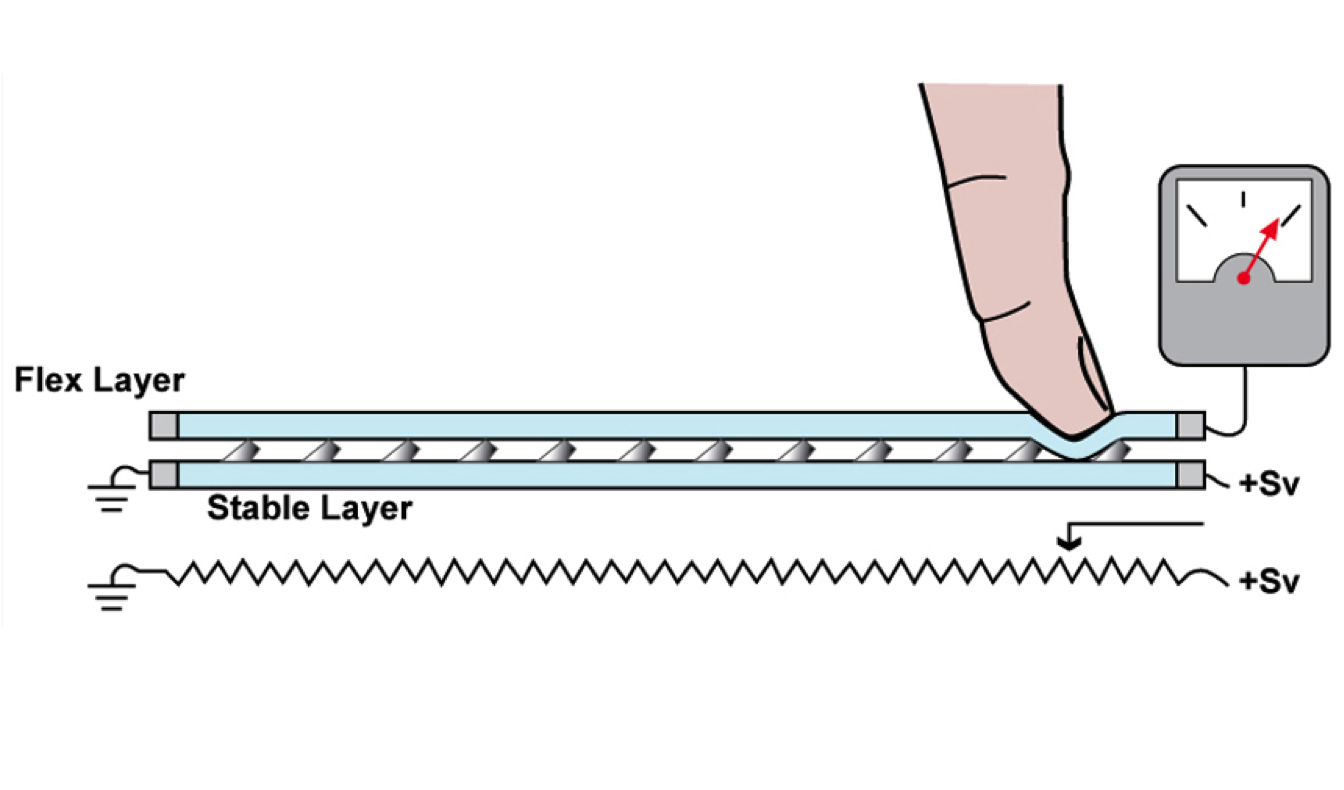Resistive Touchscreens
We use touchscreens just about every day in our homes, cars, stores and banks. It's a technology we have started to take for granted; we expect our devices to be responsive to touch. It wasn't that long ago that inputting data with a stylus or a micro keyboard was the latest innovation, but now there is quite a
We use touchscreens just about every day in our homes, cars, stores and banks. It's a technology we have started to take for granted; we expect our devices to be responsive to touch. It wasn't that long ago that inputting data with a stylus or a micro keyboard was the latest innovation, but now there is quite a bit you can do with just a tap or swipe of your finger. Continuing our series on touch technology (read this informative post from last month to catch yourself up), we're going to take a closer look at a specific type today: resistivetouchscreen.
The resistive touchscreen is the most common touchscreen outside of those used by smartphones and tablets. Resistive touch technology works by sensing direct pressure through electrical resistance. Resistive touchscreens are typically constructed of two layers: a top layer of plastic film, and a secondary layer made of glass. Both layers are covered in tiny, transparent, conductor materials that allow them to respond to the touch of a finger.
When you touch the plastic layer, it contacts the glass layer and measures the number of electrical resistances. It’s able to do this because of those tiny conductors. When contact is made, the voltage is processed and calculated creating a digital signal the device uses to determine where contact or input is made. It then sends this information to drivers within the device, and that information is translated to be understood by the operating system. The actual response is much quicker than it takes for us to explain it.

One of the big advantages to resistive touch is that the panels are inexpensive to make. The down side to this type of technology is that the image is not as clear as other touch screens because there is enough space between the two panels for it to be filled with air, which bends light and can distort the image. Another drawback is that this technology can only sense one touch at a time. Pinching and zooming—navigation techniques that work on high-end smartphones and tablets—won't work on a resistive touchscreen. PDAs (Personal Digital Assistants) and Nintendo's handheld DS gaming system use this technology; so do newer ATM machines, GPS systems, and the touchscreen kiosks you see at information desks and in museums. Smart classrooms that are equipped with computers and projectors are often controlled by a resistive touchscreen panel at the front of the room.
Take a minute and think if you've used a resistive touchscreen recently, and where. What was it like? Was it fast or clunky? Let us know about your experience by leaving a comment below.

 Member Connect
Member Connect